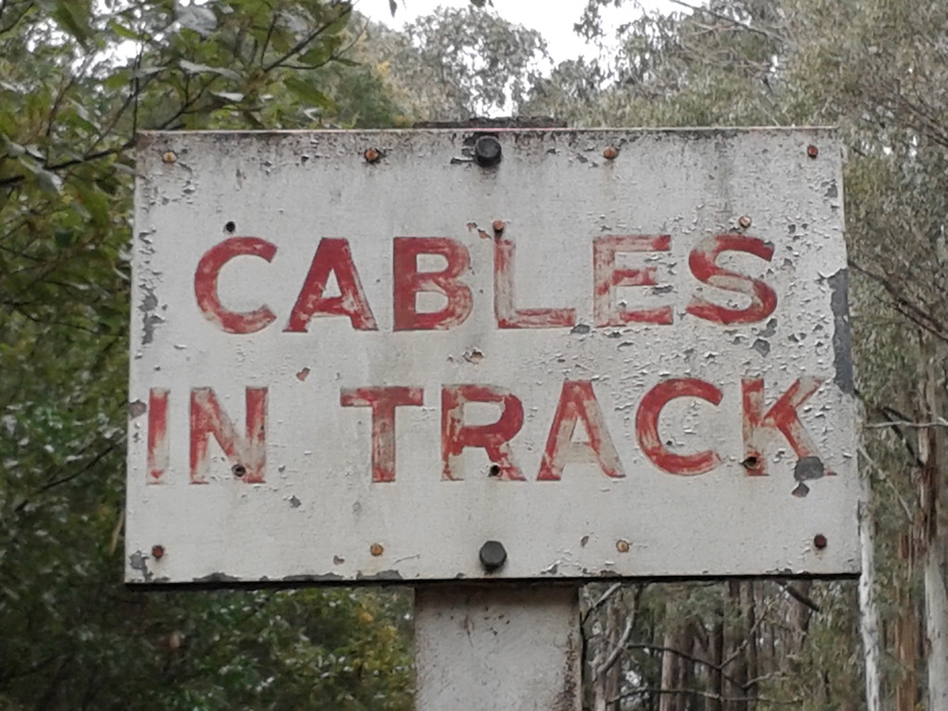()
This seems like a good opportunity to put together a few thoughts about my project. One of the great things about a residency is that as one part of the thinking process ends, another begins in earnest. Also, once you're there (and especially if it's somewhere a bit isolated like Bogong) the amount of equipment at your disposal is finite, but the question as to what you might now do with it starts to open out. So below is the product of some thinking over the first week:
One of the overarching interests in my practice is the relationships between people, their technologies and physical environments (natural or otherwise), which I explore through the themes of sound and energy. In putting together a plan for Bogong my thinking started to coalesce around a bunch of experimental ideas that relate to exploring physical and technological systems interdependently. That is, instead of considering them to be totally separate domains, I'm interested in the idea that these systems play out in relation to one another, and as a result understanding that certain factors that we might solely attribute to the natural world - such as variability, exposure, conditionality, contingency, decay, provisionality and so on - are also prevailing features of technological systems, rather than being regarded as exceptions to them. So following that was an idea that the technological tools we use to both measure and draw energies from our natural environments could in turn be reimagined (and repurposed) into what I think of as 'sensitive devices' capable of providing us with aesthetic experiences that relate something very different about the environments they are operating in, or at least of realising something familiar in an unfamiliar way (and sometimes vice versa).
Bogong therefore seemed like the perfect place to explore these ideas. The Upper Kiewa Valley is a highly technologised place due to the hydroelectric scheme, but also (obviously) a natural one, with steep inclines, fast flowing water and highly variable weather conditions. It's a place where infrastructure and nature have been made to coexist (for good or ill), and what bonds them together is energy. The energies we tend to associate with this area are big in scale, and constant if not perennial: the potential energy of the mountains, the kinetic energy of the rivers, and the electricity they both generate, along with the wind and weather, and of course, fire: infrastructural (official), monumental and sometimes catastrophic energy. However, what I’m interested in is the other end of the scale: momentary, local, variable, subtle, conditional, residual energies. Catching the variation in light levels due to fast moving clouds on a solar panel, harvesting the residual spill from the electric lights inside the Junction Dam wall, generating a fluctuating voltage from a tiny tributary up the side of the mountain rather than from the river, and so on - all realised as sound.
I've brought with me a bunch of devices I’ve made to help me investigate these ideas in a variety of ways. All of these are simple, experimental things. Some are cobbled together from solar panels and tiny amplifiers or primitive, hand-wound electrical coils - others are repurposed everyday objects, such as hacked solar-powered calculators. Whatever they are, they all directly source whatever energy they require to function from their immediate environment (so no batteries or mains power), while at the same time giving an account of that same energy in the form of sound. I think of them as embedded performers in a given environment, producing a temporary site-specific event to be documented and accounted for.
However, despite all this device and technology talk, the objects aren't as important as the processes they're participating in. In this case, it's the energetic exchanges between the range of natural, physical energies in Bogong and the technologies used to sense them, which in turn feeds into larger ideas about how we experience and understand our environments and the things we do in them. What's important is matching a device that relates to a particular kind of energetic interaction with a suitable location, and then allowing an event to play out that somehow explains itself through the relationship between the sounds produced and those already resident at that spot.
Anyway, there's a lot of experimenting ahead, and the recordings I've made so far have yielded some pretty great stuff. More about that in the next post, I imagine.
